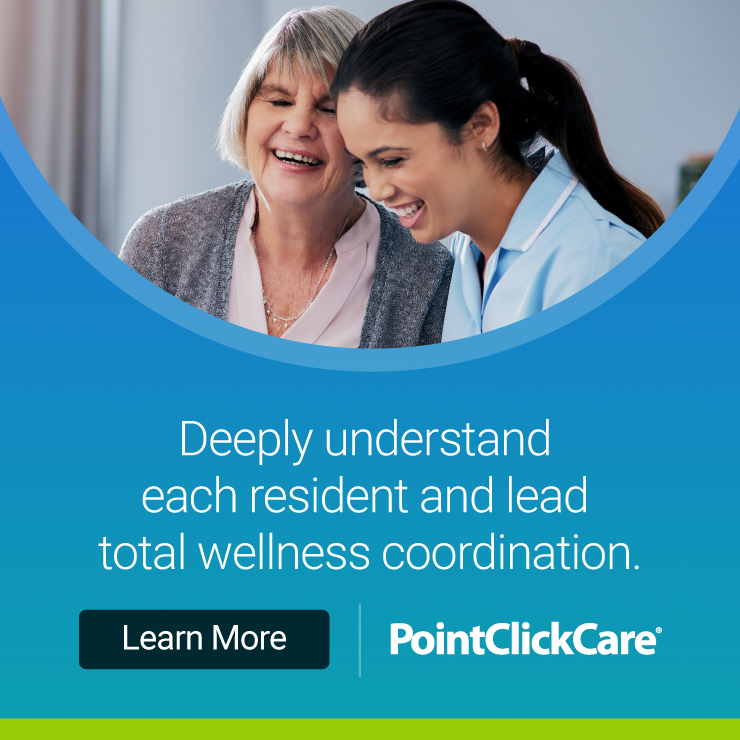Everyone talks about retaining top talent. Few are doing it.
By Susan Saldibar
How do you ensure that you have the right people in place at any given time within your community? How do you optimize performance and opportunities for both leaders and non-leaders? And, finally, how do you create a succession plan that calibrates the attributes, abilities and willingness of the individuals most prepared to handle an upward or lateral move?
Laci Loew, Founder and Principal of Lacie Loew & Company, intends to answer those questions and more at September’s SHINE conference. Her workshop, “Healthy Succession Pipelines Bring Life to Senior Care Living Organizations,” touches on those hot button issues that are keeping senior care leadership awake at night.
Traditional Career-Path Planning & Promotion
Laci is often asked why traditional career-path planning and promotion don’t work anymore. Here are a few reasons:
-
Today’s organizational structures are an average of 25% flatter than they were 25 years ago.
-
The workforce has changed; more women, a growing base of Millennials (expected to reach 75% of the workplace by 2030), more Boomers retiring, and more “gig” workers who fill shifts or lab rotations.
-
Career advancement is no longer only vertical; it can be lateral or multidirectional, depending on the nature of the work and the individual.
Everyone talks about retaining top talent. Few are doing it.
Today, senior care is struggling with a 24% turnover rate on average. And, that number is expected to rise over the next few years. So the desire to gain control over turnover is there. Even the best of intentions, however, won’t get your leaders and employees ready for their next critical role. There is much we can learn from those few top performers who understand the critical urgency of having leaders and non-leaders alike, ready to work together to tackle today’s tumultuous environment and tomorrow’s unknown challenges.
New Concepts for Building a Pipeline of Succesion Candidates
The workshop will introduce some innovative new concepts for buildling a pipeline of succession candidates in senior care communities. Concepts include:
-
Identifying and analyzing supply and demand of your high impact talent segments
Which of your talent segments (senior leaders, nurses, caregivers, etc.) have the biggest impact on your business? What is your existing supply of headcount and capability and how does it balance to future demand? Which employees in non-leadership positions have the potential to move up?
-
Creating a scorecard that assesses your succession readiness against best practices
How well developed is your current pool of high-impact talent, both in leadership and supporting roles compared to best practices? What are your industry peers doing to build healthy pipelines? And, most importantly, how do you compare?
-
Define critical near-term and long-term actions for upgrading the business impact of succession in your organization
What actions can you begin to take to build a healthy succession pipeline? Do your hiring processes need to change? What engagement and development programs can you put together to ensure a healthy pipeline that stretches out years instead of months?
According to Laci, without targeted development and mobility plans for each succession candidate, succession is reduced to little more than a list of individuals who are “not ready” to assume a next level or other critical role when it becomes vacant.
Of course key to building a successful succession pipeline are the individuals who populate it. The traditional career path planning models can no longer satisfy the changing landscape of senior care and the corresponding dynamics of a changing workforce.
As Laci explains, “Without a pipeline that stretches out at least 3 or more years, and which anticipates gaps in critical leader and non-leader roles and prepares high potentials beginning now to assume those roles, the senior care organization is essentially writing themselves out of business.”
You can visit the SHINE website for details on the conference and its sessions. You may contact Laci Loew directly for more information on her programs.





